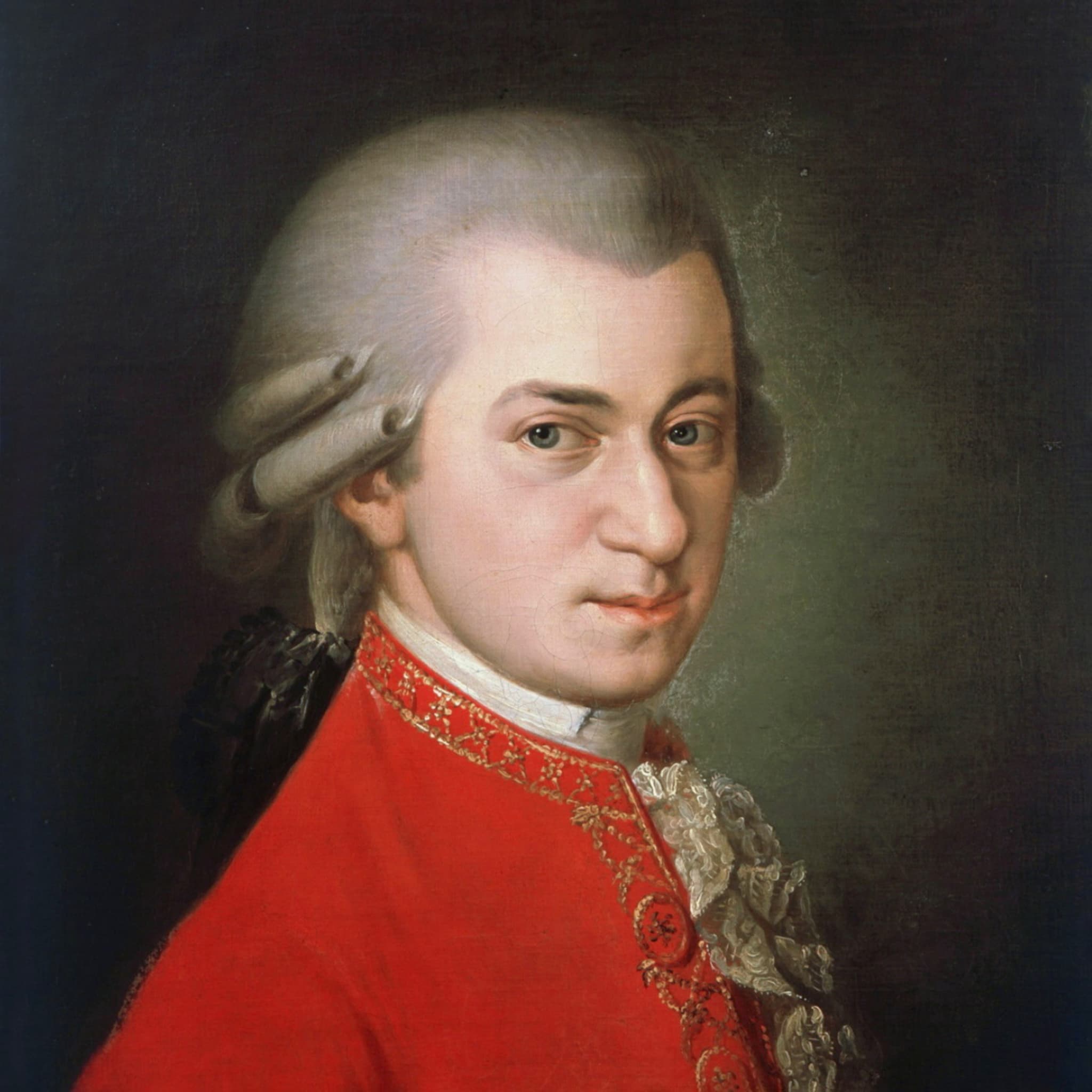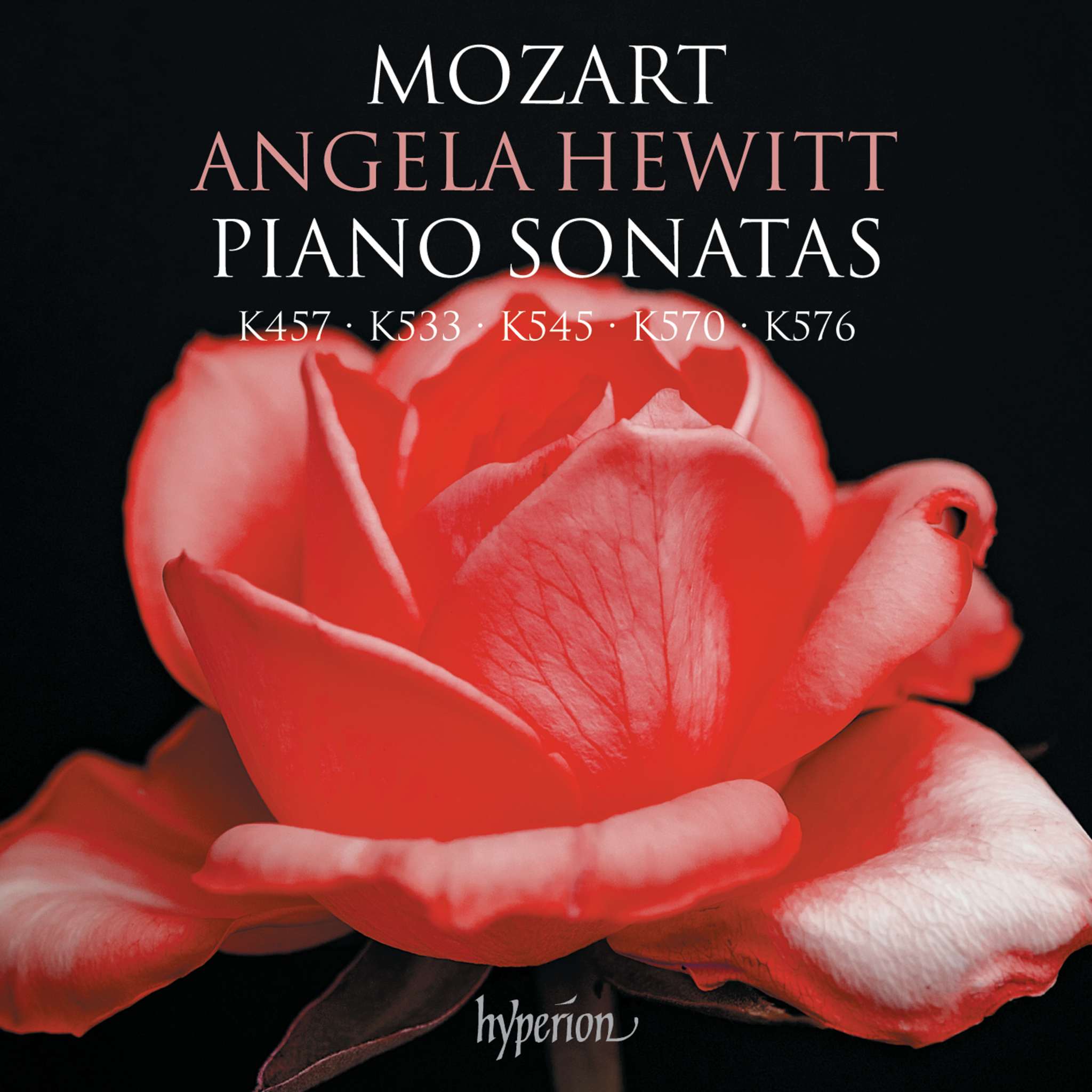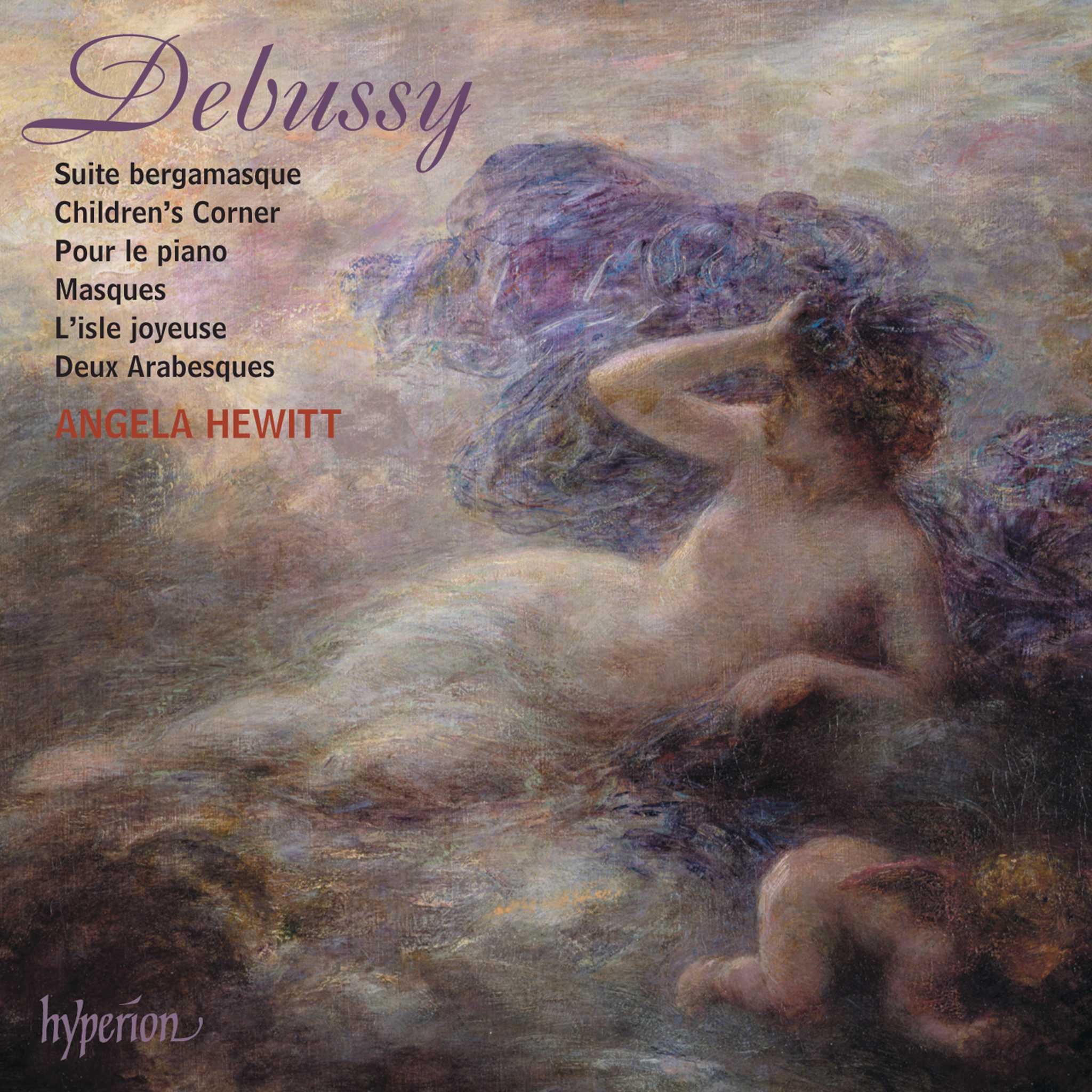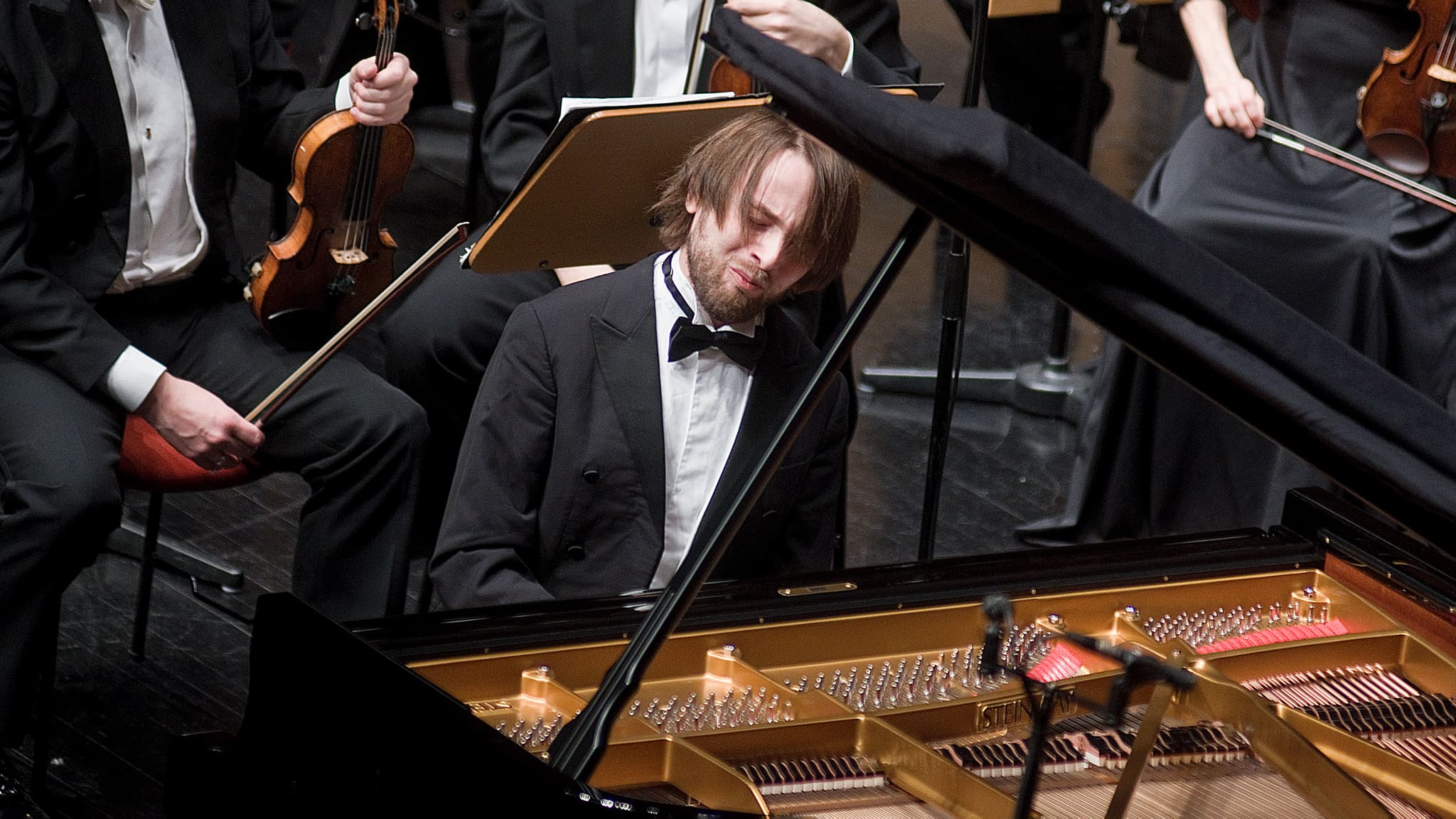Album insights
Paris became the epicenter of a piano revolution in the first half of the 19th century. The city housed some of the greatest pianists of that time, with renowned performances by every distinguished pianist. The establishment of the Paris Conservatory in 1795 laid the foundation for a school of French piano art.
Louis Adam, the initial significant piano professor at the conservatory, advocated a technique focusing on finger independence and rigid arm posture. This style, attributed to Friedrich Kalkbrenner, gave rise to the distinctly French contribution known as "jeu perlé." This technique was based on smoothness, highly developed finger skills, and precision in playing rapid and evenly distributed passages. Graduates of the Paris Conservatory in the 19th century were renowned for their clarity of sound, beauty, and quick passage work, which became trademarks of French piano music.
This rich and distinctive piano tradition led to a plethora of new piano concertos, but only a few pieces from Saint-Saëns have remained fixtures in concert repertoires. Both Massenet's and Hahn's piano concertos are firmly rooted in the 19th-century tradition, showcasing mastery of the French playing style.
The idea that a prominent opera composer like Massenet would write a piano concerto raises many questions. However, delving into his early life and career reveals how this composition by the sixty-year-old composer doesn't seem as surprising. Jules Massenet's early years at the Paris Conservatory and transition into composing unfolded against a backdrop of financial constraints and personal struggles.
Both Massenet and Hahn, although renowned for their diverse musical works, shared a belated journey into piano concerts at later stages of their careers. Their compositions, while reflective of an earlier musical era, showcased their profound connection to the elegant piano traditions of the 19th century. Despite their concertos facing lukewarm receptions, these works stand as testaments to their enduring artistry.
Ultimately, the intertwined musical legacies of Massenet and Hahn embody a profound dedication to their craft, mirrored in their timeless compositions and enduring influence on French musical history.











